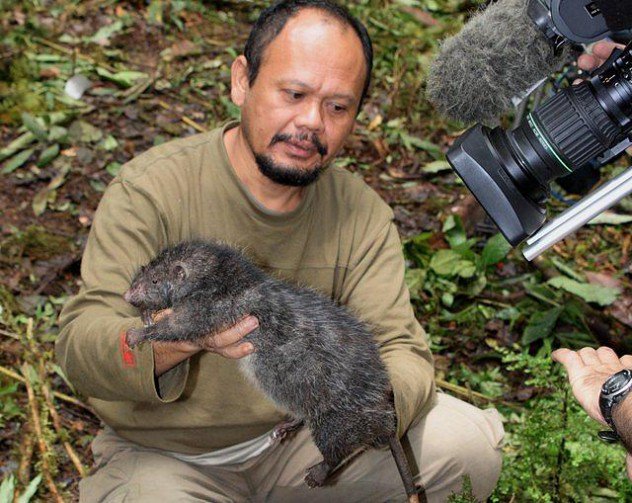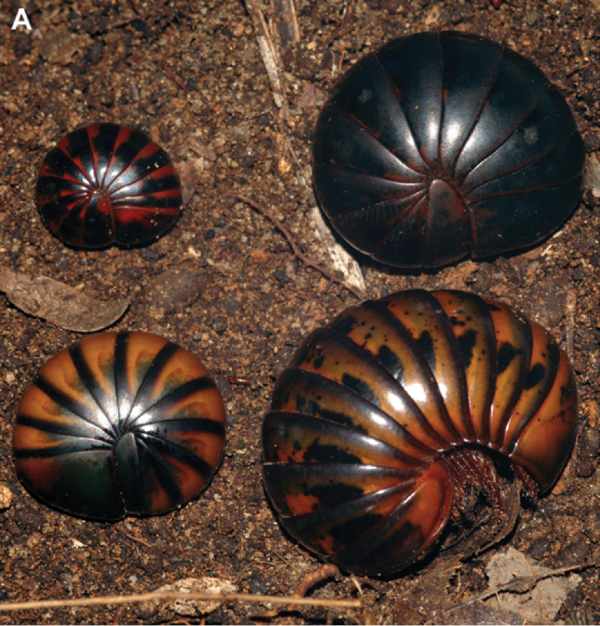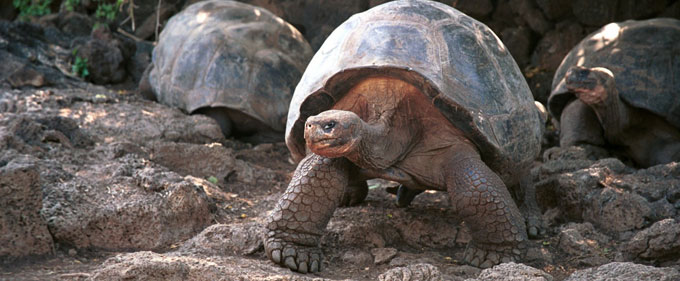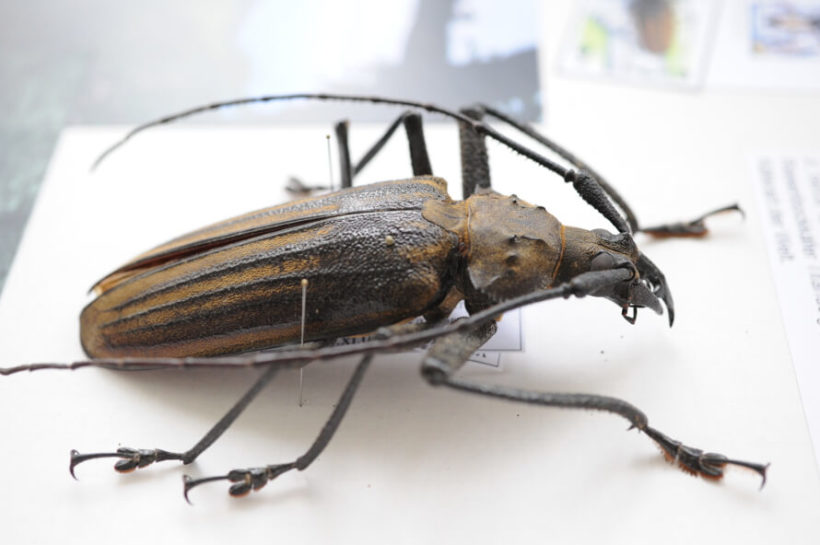The phenomenon known as “animal gigantism” or “island gigantism” presents us with a clear and astonishing picture of evolution at work. And when they’re cut off from the rest of the population, say on a small island, animals can adapt over millions of years in some peculiar ways.
Flores Giant Rat:-

http://animaladay.blogspot.com
Flores, Indonesia, is home to the Flores Giant Rat. This isn’t the kind of rodent to be restrained by mouse traps as its body can reach 45 centimeters (18 in) in length, and that’s before you add its 75-centimeter (30 in) tail. Then the rat can exceed 1.2 meters (4 ft).Flores giant rats are believed to be vegetarians.
Chappell Island Tiger Snake:-

https://www.theadvocate.com.au
At 2.4 meters (8 ft) in length, the Chappell Island tiger snake is the largest of all tiger snakes. It has shared Mount Chappell Island, Australia, with a large number of local mutton birds and absolutely no serious predators. Like many Australian snakes, the Chappell Island tiger snake is highly venomous, and its bite can be lethal to any human foolish enough to interfere in the mutton bird business.
Madagascar Giant Pill-Millipede:-

https://blogs.scientificamerican.com
The giant pill-millipede of Madagascar is known by scientists as Sphaerotheriida, but locals have dubbed it more accurately as “star poo.” Though they look like normal millipedes in their relaxed state, they have the ability to roll themselves into an armored ball at the first sign of danger. Once they retreat into their armored plates, almost nothing can force them to unroll against their will. The largest pill-millipedes can reach the size of a baseball.
Galapagos Islands Giant Tortoise:-

https://www.santacruzgalapagoscruise.com
The giant tortoises of the Galapagos Islands off the coast of Ecuador have the potential to outlive any other vertebrate. They can routinely live for over 100 years, and one of them held on until the ripe age of 152. They’re also true giants of the tortoise world: Some subspecies can reach 250 kilograms (550 lbs) and over 1.5 meters (5 ft) in length. At the time of Charles Darwin’s famous visit, there were 14 different subspecies of giant tortoise in the Galapagos Islands.
Giant Fijian Long-Horned Beetle:-

The giant Fijian long-horned beetle is the second-largest beetle in the world, reaching an extraordinary body length (by beetle standards) of 15 centimeters (7 in). The beetle lives a simple life in the trees of Fiji on a diet of plant matter. Its horns are often nearly as long as its gigantic body. Its larvae are sought out as a rare delicacy by Fijian villagers. Several tribes consider them to be sacred, and only the village high chief is permitted to eat them.
Elephant Bird:-

Elephant birds of Madagascar were around 3 meters (10 ft) tall and could weigh 400 kilograms (900 lbs). The species died off in the late 17th century. Elephant birds were probably the largest birds ever to have lived. Even their eggs were a full meter (3 ft) in circumference, and their fearsome appearance gave rise to the legendary “Roc” of Arabian folk tales.